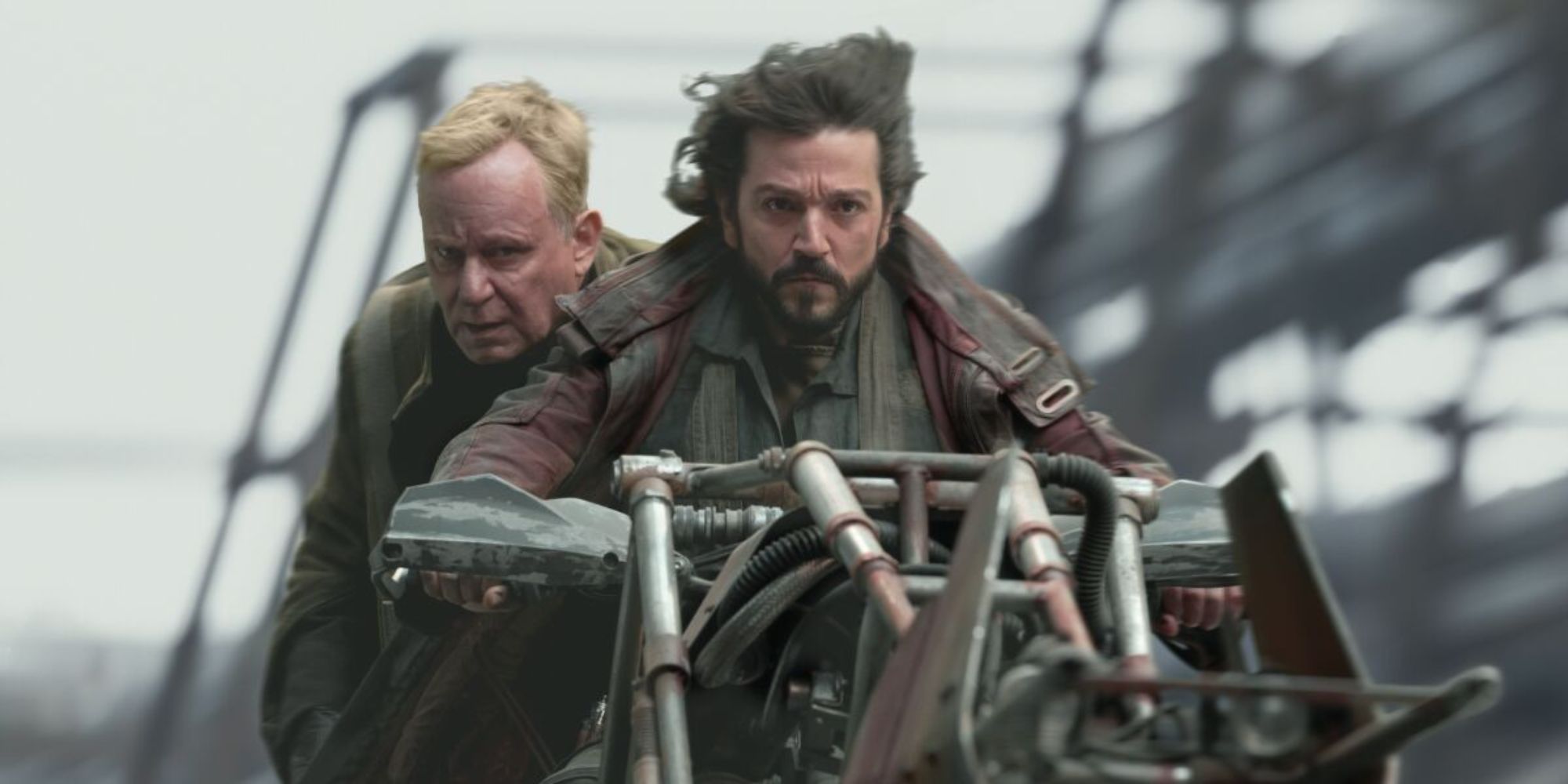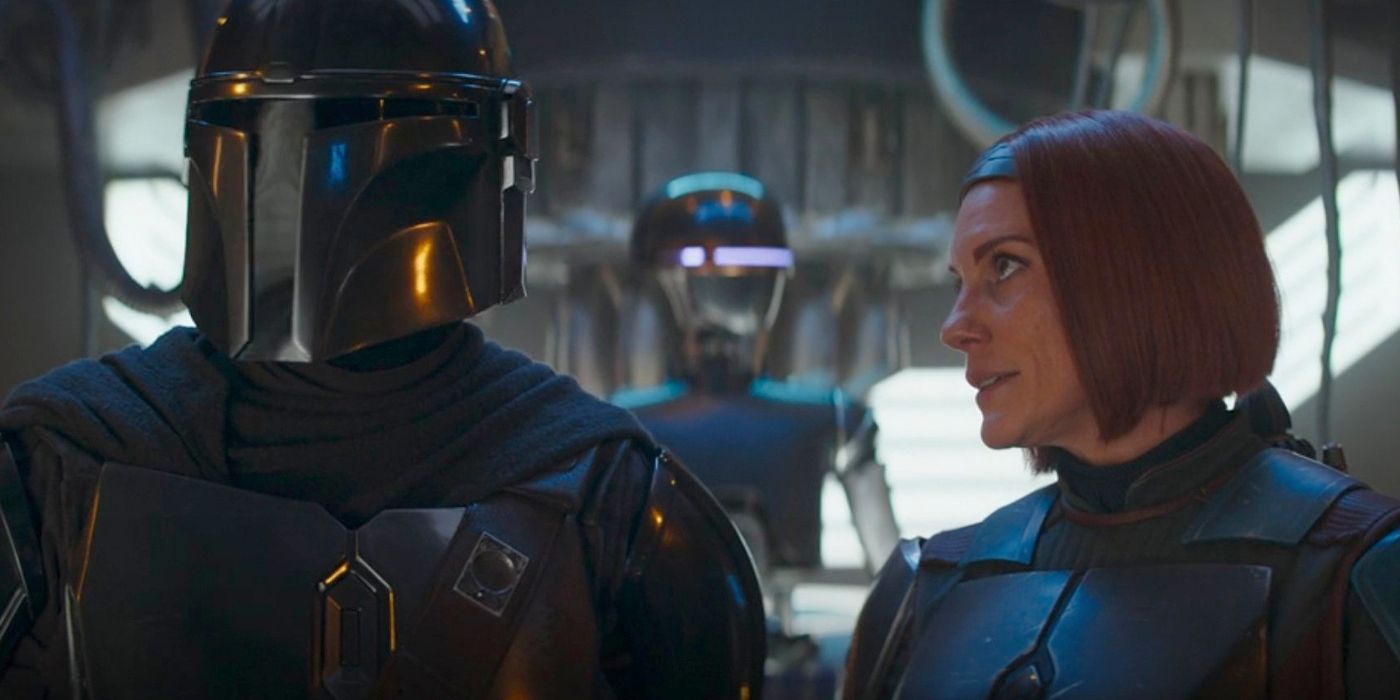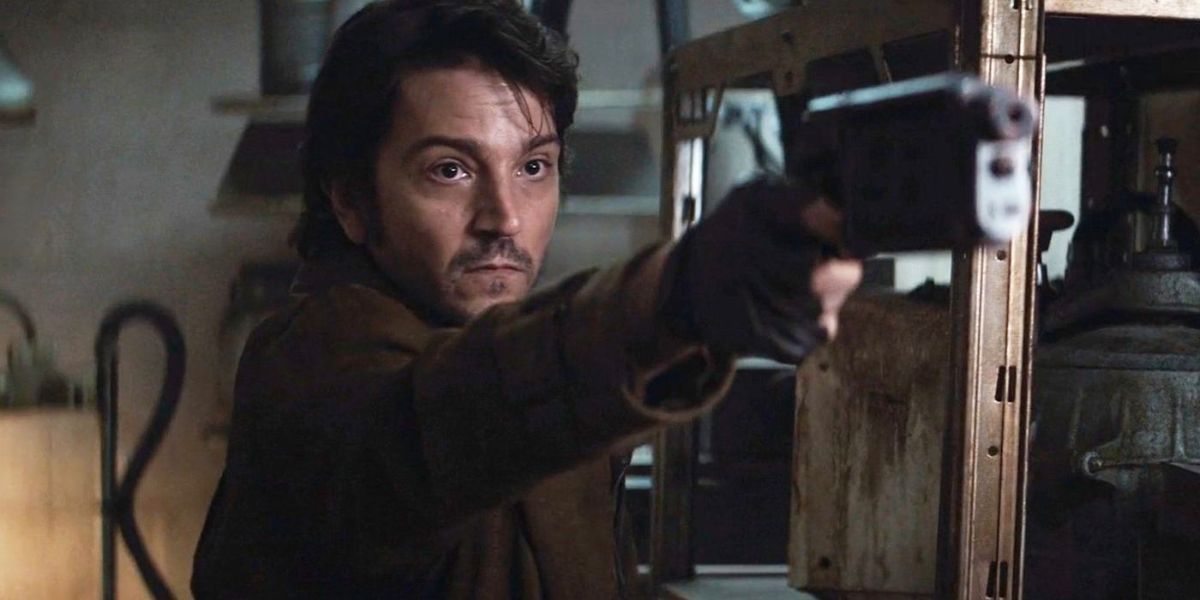The Big Picture
- Star Wars has found success on television and streaming platforms, proving its strong presence and consistency in the medium.
- Streaming allows viewers more freedom to choose their preferred content and watch it on demand, contributing to the franchise’s popularity on platforms like Disney+.
- Streaming also provides more freedom for storytellers to create and explore different aspects of the Star Wars universe, offering a wider variety of content that appeals to different tastes and needs.
Back in April, Star Wars Celebration Europe brought us tons of news about the franchise’s return to the big screen and made us all very excited about it, but, despite that, it’s through television that it has been keeping relevant. In fact, one of the movies announced at the occasion is directly tied to the Star Wars television slate, as Dave Filoni‘s project is described as being the “culmination” of the Mando-Verse, tying together all the Disney+ series in that corner of the franchise and proving how strong of a presence it has built over the last years, being even more consistent on the small screen.
Only Star Wars television is nothing new. There have been specials made since the 1980s, but the franchise began truly asserting its presence on the medium in 2008 with the animated series Star Wars: The Clone Wars. Filoni himself worked closely with George Lucas on that, establishing a whole new part of the galaxy and effectively kicking off the process that would eventually result in awesome shows like The Mandalorian, Andor, and Ahsoka. So its long history on the medium begs the question: what is it that Star Wars has been getting right on television and streaming that makes it so much more compelling than the movies lately?
Streaming Has Allowed Star Wars To Diversify Its Storytelling
Content is neither produced, nor consumed, the way it used to be. While The Clone Wars really did properly start the age of Star Wars on television. Back then, cable TV was still the dominant force in this industry model, and worked according to its own rules. New shows were either commissioned by cable channels, or had to find their own; and once they did get a series order, they needed consistent viewership to stay on. But there were many other factors to take into account, like when it aired, how other channels were performing in the same time slot, and so on. This was the case with The Clone Wars itself, which debuted on Cartoon Network, and, later, with another great animated series, Star Wars Rebels, on Disney XD.
Nowadays, the dynamics haven’t changed much for a series to be aired, but the rules for it to stay on are completely different. In the age of streaming, they have to perform really well all the time, that being the only way to assure its continuity. That happens because now, shows don’t air at a specific time anymore. Streaming services have all their catalogs available at all times, so each show is up against not only similar ones in other services, but also against its peers in their own platforms, too. When you pick a specific show to watch, you’re also choosing not to watch all the others, and that’s taken into account. That’s one of the reasons for a series like Obi-Wan Kenobi not getting a Season 2, for example.
Disney+ Helps Fans Stay Connected Between Star Wars Movies
For viewers, though, streaming is the ideal way to watch, as their preferred content is now available upon demand. So, as long as there are fans willing to tune in to Disney+ for Star Wars, there will be new stuff for them to watch, and demand nowadays is nearly constant. As the franchise takes its break from the big screen, it’s on streaming that it has found the best medium to keep flourishing. Of course, fatigue is a natural phenomenon, and it does happen on streaming, too, but it’s present mostly for movies. Fatigue is one of the reasons why the franchise has been taking its time to return to theaters while keeping active on streaming.
Another important factor is how streaming allows for a wider variety of things to watch. Star Wars is a big enough galaxy to accommodate different tastes and needs, so, if you feel tired of the Mando-Verse after finishing Ahsoka and its many references to other series, there are other things to watch that flow a completely different way, such as the political thriller Andor. That way, people can still watch and be connected to the franchise, without feeling the weight of its whole galaxy.
Disney+ Allows Lucasfilm More Creativity
These new dynamics imply a wider variety of content for viewers to choose from, indeed, but it also works the other way around, too. Back in cable TV days, channels needed only one show to fill a specific time slot, meaning that a certain type of story could only be told once a day, for example. Now, viewership is measured mostly when a new series debuts weekly, but it gets to stay on the platform afterward and be revived eventually. For people who work telling stories, this means that it may always get a spot on a streaming catalog, so there’s more room to operate and create new stuff.
With Star Wars, especially, its main products are the movies, so, when writing a new TV show, creators don’t have the same problems and obstacles as they would writing a feature film. They don’t have to necessarily be “faithful” to anything, since this new story may be set in a completely different time or corner of the galaxy, like the upcoming series The Acolyte, which is set more than a hundred years before Star Wars: Episode I – The Phantom Menace. So series may even be connected to the classic movies while still doing their own thing. That’s the only context in which two series so different from one another such as Ahsoka and Andor can coexist, with praise enough for both. The first is an epic fantasy that’s extremely interconnected with the rest of the Star Wars galaxy, with characters and story arcs depending upon the knowledge of what happens elsewhere. The second, however, is a political thriller unlike anything in the franchise and feels like it was written to have as little connection to the rest of the galaxy as possible. Neither of them would’ve been possible in the movies. People wouldn’t pay to see something that’s a spin-off of a spin-off on the big screen.
Star Wars Series and Movies Have Different Storytelling Objectives
Even though money is always a factor when considering the option of producing a new show, TV and streaming also take into account that a series plays a different game than a movie. Unless planned really well, a feature trilogy can feel rushed or overstuffed, especially by today’s standards. A TV show, on the other hand, has the liberty of defining how long it needs to tell its story. Andor, for example, was designed to be only two seasons long, with no need for more, but it’s also too big for less. That’s a story that wouldn’t fit into a movie, being too dense and complex to be told in just around two hours. On TV, it has viewership and freedom to tell its own story without having to worry about box office or time length.
All that also means, when a series stumbles, it’s clearer to the audience, too. Originality is an important aspect to keep in mind. For example, both Ahsoka and Andor bring new stuff to the Star Wars galaxy in terms of storytelling while also expanding on the franchise lore, while The Mandalorian Season 3 faced some backlash for shifting its focus on rekindling older storylines from previous shows instead of continuing to establish new characters with compelling stories. What made it beautiful in its first seasons was its originality, not its connections to past IP. That’s what works on streaming, with TV adapting to this new format, too. For Star Wars, that’s what makes its shows so unique compared to the movies.
Denial of responsibility! TechCodex is an automatic aggregator of the all world’s media. In each content, the hyperlink to the primary source is specified. All trademarks belong to their rightful owners, and all materials to their authors. For any complaint, please reach us at – [email protected]. We will take necessary action within 24 hours.
Khushi Patel is a science fiction author who lives in Austin, Texas. She has published three novels, and her work has been praised for its originality and imagination. Khushi is a graduate of Rice University, and she has worked as a software engineer. She is a member of the Science Fiction Writers of America, and her books have been nominated for several awards.




